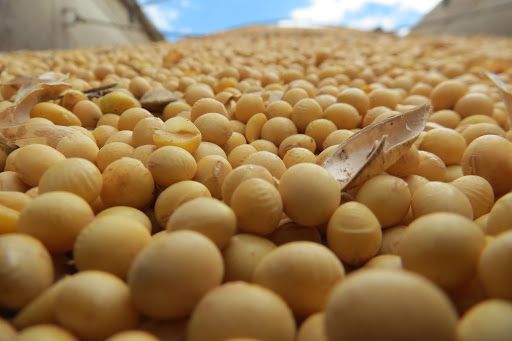Soybean imports cover 96% of Mexico’s consumption

Imports covered 96% of all soybean consumption in Mexico in the last season.
Mexico would import 6,000 million tons of soybeans in the 2019-2020 cycle, which ends next August, and the United States Department of Agriculture (USDA) estimates that these purchases will increase 1.7% in the 2020-2021 cycle.
As for its value, soybean imports from Mexico totaled 727 million dollars in the calendar year of 2019, a year-on-year drop of 64%. Of that total, the United States supplied 92.3% and Brazil the rest.
Mexico: Production, Supply, and Distribution (PSD) for Soybeans
Brazil, which is the largest soybean exporter in the world, has increased its share in total imports from Mexico, since its share of 3.3% in 2016.
Soybean Imports
According to private and official sources, soybean production for the 2020/21 cycle is forecast to remain unchanged at 250,000 tons, with an estimated 145,000 hectares of harvested area.
This supposes the resumption of normal climatic conditions, mainly in the Yucatan peninsula.
According to the USDA, the predominant determining factor in Mexican soybean yields remains the climate, since more than 81% of Mexico’s soybean production area is not irrigated.
This level of production only supplies 4% of total domestic consumption, a level similar to that of the previous year.
For MY 2018/19 and MY 2019/20, soybean production estimates were revised slightly upward based on more complete official SADER data as of February 28, 2020. Similarly, estimates of area planted and harvested for both marketing campaigns are revised downwards.
According to official sources, the areas planted and harvested in the 2019/2020 season were lower than those of the previous year due to adverse dry weather conditions.
For example, the severe drought conditions that affected the Spring/Summer 2019 harvest, mainly in the important producing state of Tamaulipas, motivated producers to stop planting soybeans in this crop cycle.
Producers reportedly decided to plant other crops such as sorghum, safflower or cinnamon in the next fall/winter 2019/2020 crop cycle.
As a result, and based on the information available as of February 28, 2020, the area planted with soy in Tamaulipas was only 61,230 hectares, 38% less area than initially estimated.

